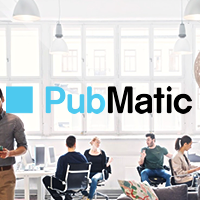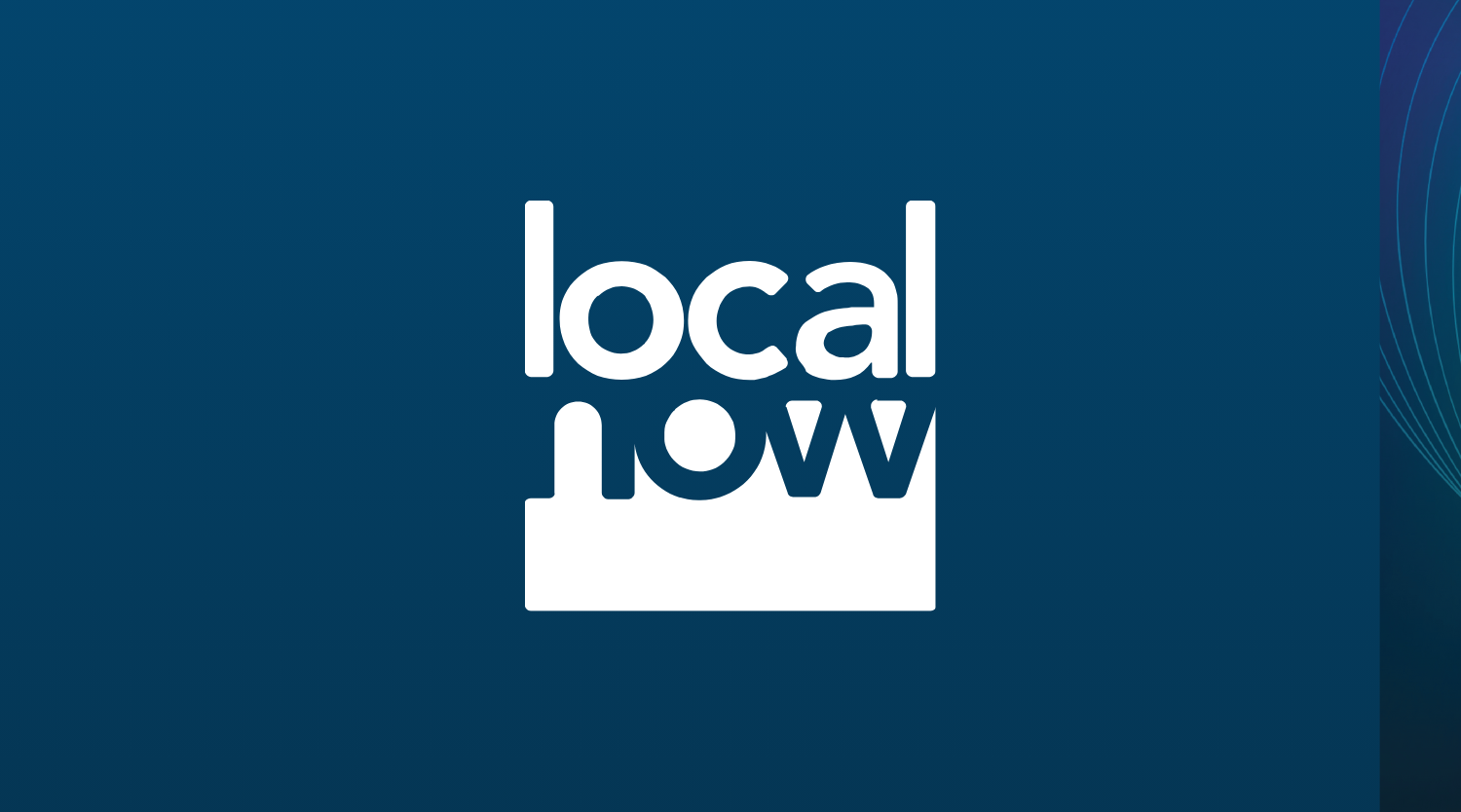If you work for an agency or client side trading desk, or are part of a programmatic buying team, supply path optimisation or SPO isn’t a term new to you. But why are we talking about it today?
Well, in a recent report by eMarketer, it was predicted that in 2020 worldwide digital ad spending will see a 2.4% growth. While the approximate US$332 billion total ad spend for 2020 represents $36 billion less spending than its pre-pandemic forecast, the amount is still a substantial one.
Meanwhile, according to a PubMatic report, programmatic accounts for over two-thirds of global spend. However, the digital ecosystem is a rather complex one and as more brand advertising spend flows into the programmatic ecosystem, more and more calls have emerged for transparency and efficiency across the supply chain. Over the past few years, media buyers have put a microscope up to their supply paths to ensure that each dollar of ad spend is as impactful as possible – thus giving way to the important topic we are here to discuss today – supply path optimisation or SPO.
The concept of supply path optimisation, or SPO, is not a new one. But yes, as the industry grew and evolved, so did SPO decisions and mechanics. While SPO was initially considered by DSPs, its appeal has now expanded. And as programmatic continues to become a larger share of media spend, advertisers are taking more ownership of programmatic buying and with their agencies, realizing that bespoke supply strategies can drive outsized results. In this conversation, Sudipto Das (pictured bottom), VP, advertising solutions APAC, PubMatic, and June Oh (pictured top), regional director, account and partnership development, MediaMath discuss how marketers can address the issue of where their ad dollars are going to, what can buyers do to optimise supply paths, and what the future holds for the industry.
MARKETING-INTERACTIVE: What exactly is supply path optimisation and why is it so important for marketers to understand it?
Das: Fundamentally, supply path optimisation or SPO is about media buyers regaining control of the digital supply chain. It was essentially a buy-side trend that emerged as a result of header bidding whereby buyers choose the best parts towards a desired impression.
Bear in mind that programmatic advertising is fairly complex and automation is supposed to make transactions more streamlined and efficient. But as the number of players in the supply chain proliferated, buyers have found that digital spending can sometimes deliver poor ROI. And a highly fragmented ecosystem can lead to inefficiencies in transactions or can be a breeding ground for under the table mechanics.
To give you an example, the current digital supply chain is counter productive to auction dynamics. Buyers are bidding across multiple supply side platforms (SSPs) for the same piece of real estate, which essentially means they’re participating in multiple auctions for the same inventory, which can then lead to them bidding against themselves and driving the price up.
This isn’t wrong, this isn’t nefarious, it’s just inefficient. In the absence of an SPO, a buyer’s spend will naturally tend to flow towards riskier supply paths because they’re not able to differentiate between an SSP which is able to implement measures from an inventory controlled, quality controlled perspective to an SSP which does not have these controls in place.
So while SPO was initially a demand side platform initiative, it quickly emerged as a strategy that agencies and advertisers are embarking on themselves. As programmatic continues to become a larger share of media spend, advertisers are taking more and more ownership of programmatic buying, and concluding, along with agencies that they work with, that building bespoke supply strategies can drive outsized results.
So SPO is a mechanism for solving all of this. It sees media buyers put their supply partners under the microscope, examine their effectiveness, redefine the relationships and aim to ensure the media dollars that are spent are traceable, impactful and delivering the relevant ROI.
MARKETING-INTERACTIVE: What is the biggest change or most exciting innovation that you guys have made in the SPO space during the pandemic?
Oh: There are a couple of things, but hands down, Source has been the most exciting innovation that we’ve been able to deliver during the pandemic.
The pandemic has unfortunately affected the health of our economy and directly impacted our budgets and how our clients are spending their budgets. They are more cautious than before and they want to know exactly where their budget is going, so therefore, you ask for budget transparency or the supply path transparency. To answer to that, Source is our response, that’s the ecosystem that we have built with multiple partners within the ad tech space.
So it’s not just SSPs, but also with data partners and some of the other marketing technology partners that we’re working with, we have built and implemented a new pipeline to achieve 100% transparency, be accountable for our supply and be able to address all the audiences that are out there.
MARKETING-INTERACTIVE: What does the future hold for SPO?
Das: I just have one term, which is “cool innovation”. I think this is the big benefit for both buyers and sellers. This can be some improving workflows to maturing within agencies being more efficient and implementing more granular reporting for key clients. SSPs largely operate on fixed cost technology, meaning that the bulk of the cost incurred is stable regardless of how much money the buyer spends.
By consolidating spends, buyers can help their supply partners maximise the efficiency of their infrastructure which should ultimately lead to improved advertiser economics and free up SSP revenue to divert resources into new solutions in high growth areas which the buyer would like to focus on. So working closely with SSP partners who are able to build bespoke agency solutions.
We are moving faster in the direction of transparency than we have ever before. SPO conversations continue to accelerate, and buyers can continue to leverage this spending power to drive this change. The end goal is about buyers having the control.
Oh: I would say SPO, every time I talk to my clients […] in a way our clients have spent so much time and effort into just learning about SPO or processing data, or simply taking a few steps back. Spending too much time today on where their ads are being shown and building that trust with some of the partners because they simply cannot track and have that transparency they need to see to confirm where their dollars are going.
So in a way, this advancement of SPO and ad tech partners partnering together for innovation is giving that control and time back to advertisers and marketers to simply do their job again – simply spending more time and focusing on what they need to do.
By Janice Tan, originally published in Marketing Interactive





